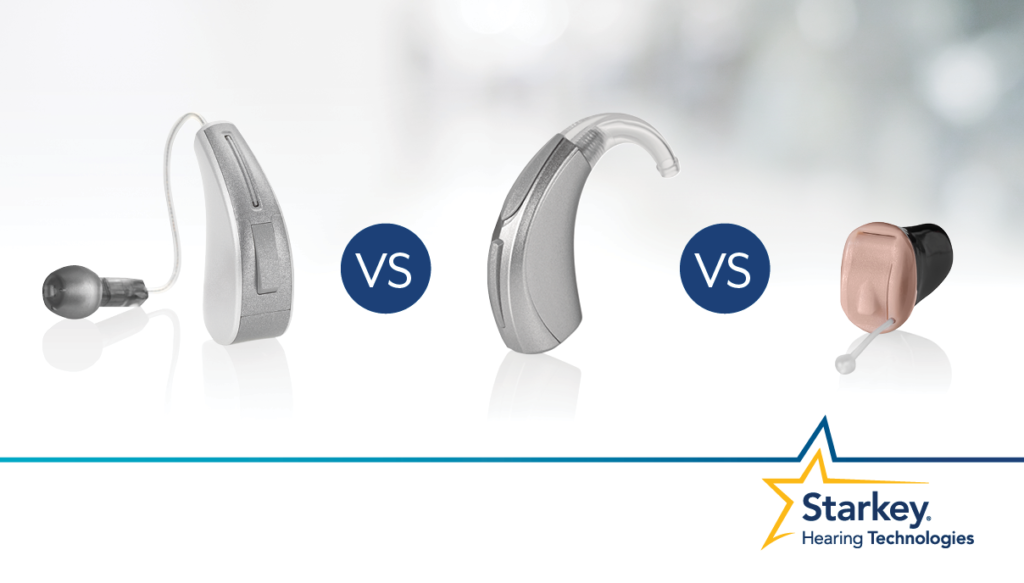Conductive hearing loss and hearing aids
Most people who have a hearing loss will more than likely have an inner ear or sensorineural hearing loss. However, people with an outer or middle ear problem – known as conductive hearing loss – may also opt for hearing aids if medical treatment is unsuccessful or not wanted.
The outer ear collects sound and funnels it down the ear canal to the ear drum and into the middle ear space. The middle ear’s main role in hearing is to amplify sound before it’s transferred into the inner ear – the cochlea – where all the nerves of hearing are found. Here sound is decoded and sent to the brain. If sound is blocked on its way to the cochlea, a person will experience a loss in volume. And this can be easily rectified by hearing aids.

Common outer and middle ear problems include excess wax, infection, bone growth in the ear canal (exostoses), hereditary excess bone growth over the middle ear bones (otosclerosis), ear drum perforation and benign tumour growth in the middle ear space (cholesteatoma). All of these conditions can be medically treated either with medication or surgery. However, some people don’t want surgery, or treatment isn’t successful, or if there’s a chronic condition, medical treatment alone may not solve the conductive hearing issue. Hearing aids can assist with the hearing deficit in these cases.
If the problem is otosclerosis and hearing aids are chosen over surgery, results should be excellent. Depending on the severity of the hearing loss, it’s probable that any style of hearing aids could be fitted and used successfully. Conductive hearing losses usually need amplification for all sounds in the speech spectrum and hearing aids can accommodate this need well.
If ear canals are clear of wax and infection, no problems should be experienced with any earmould in the ear canal, whether this be a dome mould for a RIC hearing aid, a custom mould for a BTE or an ITE/ITC style of hearing aid.

For people who suffer from chronic infection in the ear canal or middle ear or have a malformation of the outer or middle ear, a customary external hearing aid may not be appropriate. There are solutions for this – and these are known as bone conduction hearing aids. This style of hearing aid is surgically implanted and will bypass the outer and middle ears, sending the hearing aid signal directly into the cochlea.
This negates the need for an earmould which can be problematic with chronic infections or if the outer ear is malformed.
There are two sections of a bone conductor hearing aid.
The surgically implanted component will be inserted in the bone, under the skin, behind the ear.
The external part (the processor) will attach to the implanted section by either a nub that extrudes from the skin or a magnet inside the processor.

Sound will be picked up by the processor and sent to the implanted component, bypassing the outer and middle ears. The signal is then sent through to the inner ear where the sound is converted to electrical impulses, then transmitted to the brain for interpretation. Bone conductor hearing aids can also work for people who have single-sided deafness.
Conductive hearing losses do well with hearing aids and if medical options have not worked, or not desired, hearing devices are excellent for optimising hearing. If you have a conductive hearing loss and want to explore your options, talk to a Hearing Healthcare Provider, to see if a hearing aid trial can be arranged.
Need Help Finding Hearing Aids Or Want To Arrange A Risk Free Trial?


